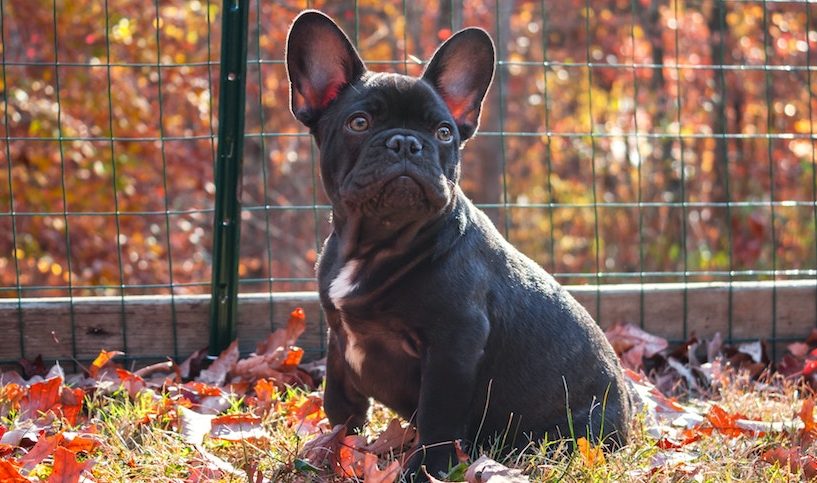My friend has a large dog that likes to roam the neighborhood. While he always comes home, his wandering ways are a risk to him and totally anxiety-provoking for his fur mom. He could be hit by a car, run afoul of a skunk, or eat something he shouldn’t. For my friend, if he gets picked up by the local dog catcher (roaming dogs are frowned upon in Canada), she faces fines of hundreds of dollars to rescue him from doggy jail.
To prevent all of these catastrophes, my friend installed an “invisible fence” around the perimeter of her property and presented her ‘escape artist’ with the gift of a new collar—one that buzzed then zapped him (gently) whenever he came too close to the property line. The dog’s response to this new development was hilarious. He looked like he was doing some demented dance as he made his way around the property trying to find a way out of the yard. He would come too close to the fence and suddenly leap straight up and backwards, barking furiously at the offending (but hidden) barrier. Eventually he gave up and for several weeks he stayed safely at home. Nonetheless, though, he discovered a gap in the coverage where the wire didn’t quite wrap around a tree on the corner of her property. She came home from work to find him waiting patiently at the end of the driveway on the wrong side of the barrier – he needed her to get back into the yard!
We too often act like our lives are bounded by an invisible barrier, and when we feel a ‘zap’ of anxiety or fear or uncertainty, we jump back like we’ve been shocked and we don’t go there again. At its extreme, the ‘zaps’ of anxiety we experience become so constant and so strong that the invisible barrier to our lives becomes hardly bigger than our outstretched arms can reach. We do absolutely nothing which might spark a jolt of fear.
Unlike a dog fence, which doesn’t move, the barriers in our lives are malleable. They shrink or expand depending on our response to the ‘zap’ we experience when confronted with something new, difficult, or potentially scary. When we take a deep breath, acknowledge the discomfort and forge ahead, the barrier expands, and we have more options for living. When we gasp, and step back from the challenge, the barrier shrinks, and life becomes ever smaller.
Agoraphobia begins with small, incremental steps away from internal discomfort. The barrier shrinks, the zaps happen constantly, and those small steps become a headlong rush to feel safe.
The ultimate outcome is self-imposed confinement in a very small life.
While this is the extreme manifestation of an anxiety-driven life, there are ways in which we shrink our lives without realizing it. We don’t go somewhere or do something because we experience a ‘zap’ at the thought of the Thing and just like the dog, we move away from the discomfort. The truth is that our lives shrink because the story we tell ourselves about an event produces the feelings which then dictates our behavior.
Did you catch that?
It’s the story we tell ourselves that causes that metaphorical ‘zap’ not the ‘Thing’ itself. There are others who do that ‘Thing’ without experiencing the uncomfortable jolt of anxiety…because they are telling themselves a different story. A story that clearly doesn’t include predictions of a bad outcome or visions of an epic fail.
Have you stepped away from something/someone/somewhere because the dialogue in your head was all about how the ‘Thing’ was going to go badly? When have you avoided something/someone/somewhere because you experienced a feeling of anxiety or fear but never stopped to examine why?
Challenge yourself to move those barriers a little – do that ‘Thing’ you’re avoiding. Regularly remind yourself: I – and only I – shrink or grow my life. That’s a lot of power.
Susannah-Joy is a psychotherapist and complex trauma specialist based in Canada. Find her on Twitter @aboutthattrauma, Instagram @SuJo1963 and Facebook @william.associates. Photo by Aaron Bookout on Unsplash.








